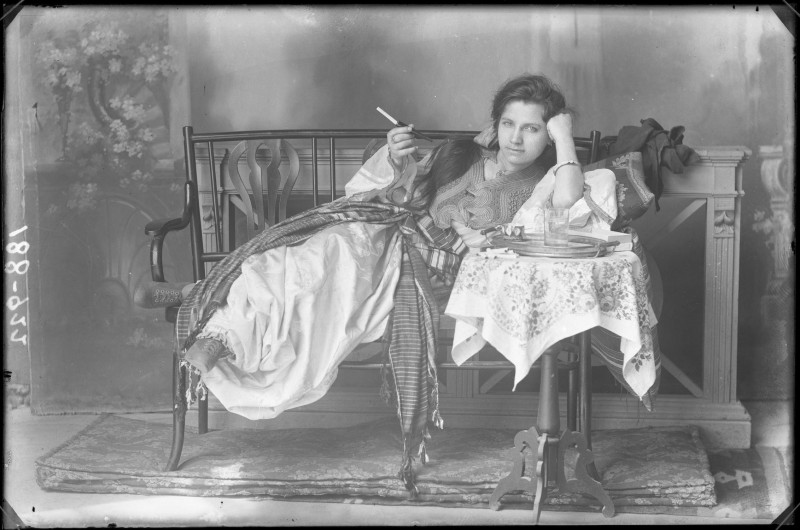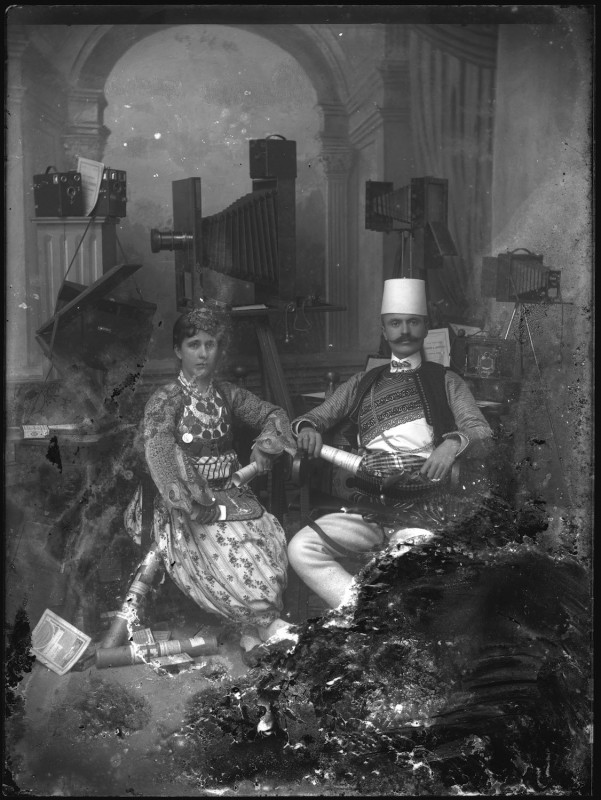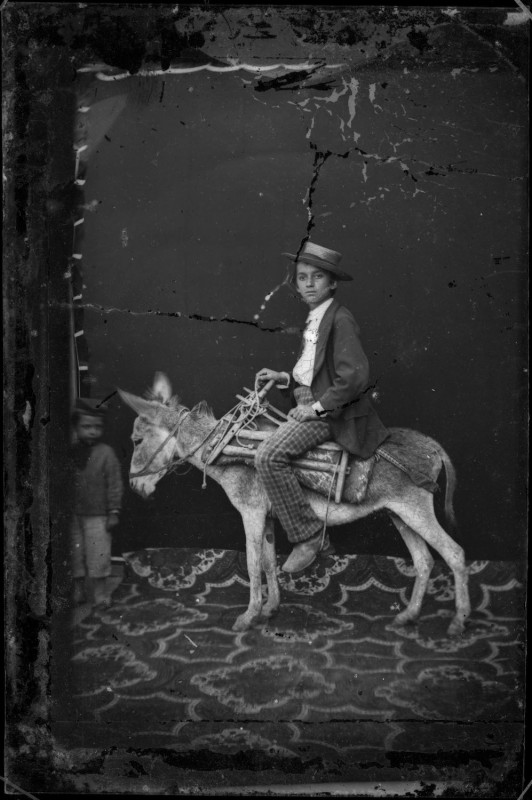Historical Albanian Photography
Historical Albanian Photography
November 24, 2016

Untitled
© Marubi National Museum of Photography, Shkodër
“The Marubi Dynasty – A hundred years of Albanian studio photography” deals with three generations of photographers made studio portraits of a wide variety of people, ranging from the urban bourgeoisie, shepherds, the Ottoman emperor and King Zog, to criminals and famous actors and painters.
In about 1850, not long after the invention of photography, the Italian Pietro Marubi arrived in Shkodër, the northern part of what is now Albania. There he started the first photography studio in the region, using the wet plate process. After Pietro’s death his assistant Kel adopted the same surname as a tribute to him. He ran the studio himself and eventually passed it on to his son Gegë.
The extensive collection of 150,000 glass negatives is interesting from an historical, sociological, cultural and anthropological as well as artistic point of view. Events from the turbulent history of Albania – from Ottoman times to the communist period –, social rituals, folkloric costumes and sociologically interesting group portraits can all be found in the collection. The exhibition is an introduction to the rich photographic history of an isolated European country that is often overlooked.
Please find more information at Foam Amsterdam

Untitled
© Marubi National Museum of Photography, Shkodër

Kel Marubi with his wife in the studio, no date
© Kel Marubi / Marubi National Museum of Photography, Shkodër

Untitled
© Marubi National Museum of Photography, Shkodër